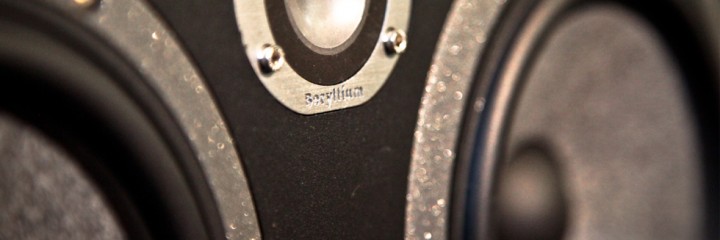Ludwig Mies van der Rohe has been one of the most important architects of the modern movement. He gave the the world not only lots of architecture masterpieces but also lots of aphorisms. The most known one is for sure “less is more“. If we apply the aphorism to everyday life we find out how much this is totally true, it underlines the fact that most of the times to obtain more you just have to put yourself some limitations, never overdo.
I believe this is one of the rule that a good mastering engineer should always follow to take the right decision during his sessions. This is the real case of “less is more”. mastering is a delicate process, it’s a series of decision that could be dramaticaly crucial to the success of the final master. It’s easy to think that mastering is just a plugin on a track insert, with some presets preloaded that you just have to crack up with gain and loudness: everything sounds loud and give you the sense of enhancement.
This is not how it works, some choices have to be careful, ask yourself if the plugin you just put on the insert is really useful and if it improve the master. In addition, always repeat yourself “less is more” (I do, I take this as a rule, and you have to trust me, now my mixes and masters sounds better). It should be “a bit of EQ, a bit of saturation, a bit of exciter…” and so on. Just “a bit”, it’s the right blend of each plugin that make your master great, comparable to a commercial one.
Analyze the best you can the starting mix and think as a mastering engineer: trust your ears, if the song needs some more brightness use a high-shelf EQ, if it needs more bottom end use some bass enhancement plugin, try some Mid/Side processing to make the song wider in the stereo image, but always remember that each plugin contributes “a bit” to the final master: less is more.


comments